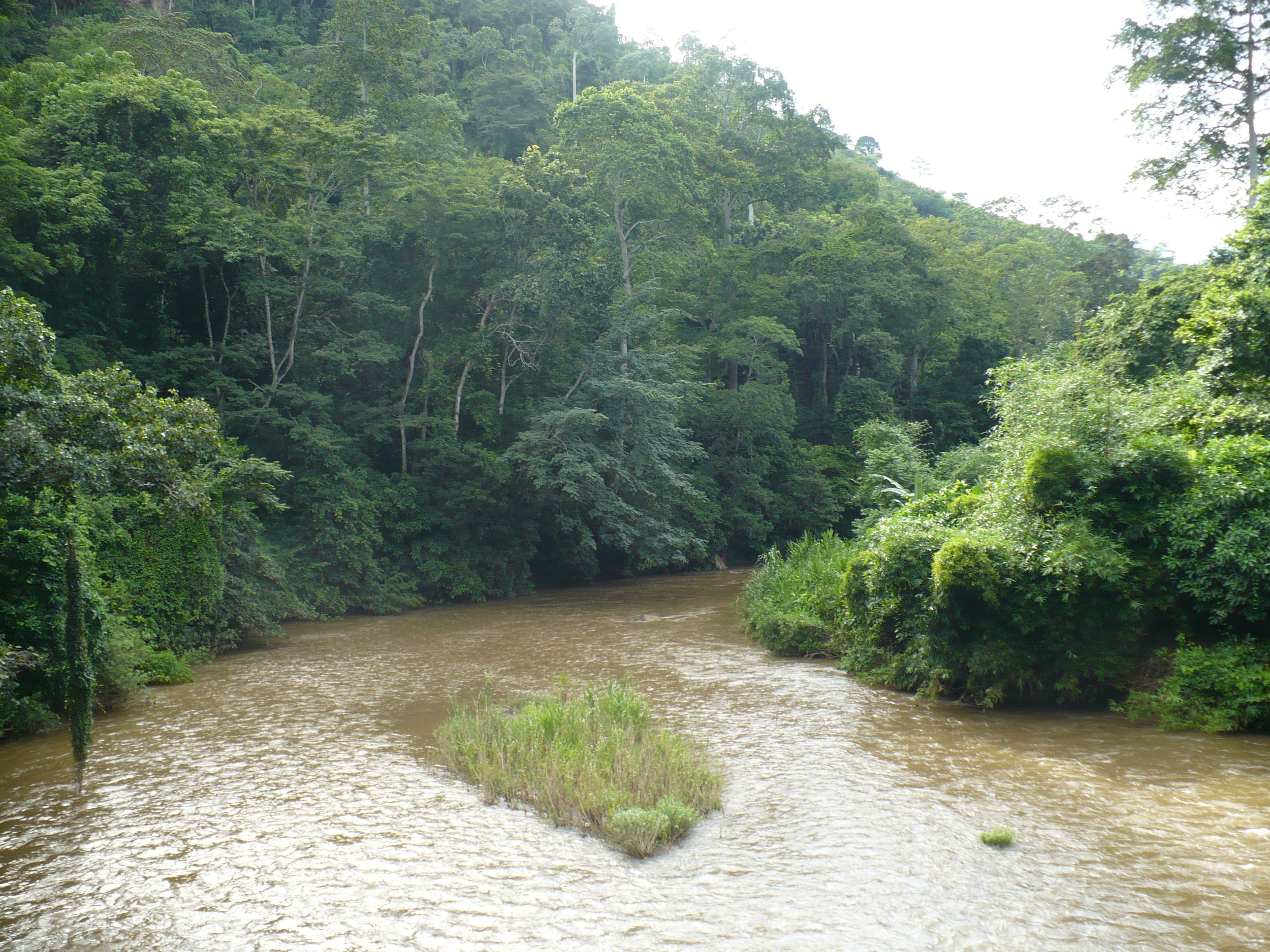Human dependence on river flows
From East Africa to the Peruvian Amazon, we're interested in exploring the dependencies that humans have on river ecosystems. By working with local agencies, we wish to better inform decisions that affect hydrologic systems and can help protect these relationships.
Asset mapping for watershed conservation in Tanzania
Overview: The Mara River Basin, shared between Kenya and Tanzania, drains some of the world's most iconic landscapes -- such as the Masai Mara and Serengeti National Park-- on its course from the Mau Forests to the Lake Victoria coastline near Musoma, Tanzania. Most research and conservation action to date has taken place on the Kenyan side of the basin, but recent efforts by Tropical Rivers Lab and collaborators have helped to elevate knowledge of the Tanzanian side of the basin. Here, we are working to identify the strengths and assets of human populations in the lower Mara River Basin--things like kinship, reciprocity networks, sacred forests, local / indigenous management practices, and international cooperation--that could be put to work for management and conservation of the Mara River Basin.
Main Collaborators: Tanzanian Ministry of Water and Irrigation, Lake Victoria Basin Water Office, UNESCO-International Hydrology Education
Relevant Publications
- Kabogo, J., E.P. Anderson, P. Hyera, and G. Kajanja. 2017. Facilitating public participation in freshwater resources management: Reflections from Tanzania. Ecology and Society 22(4):26. PDF
Cultural mapping of the Marañon River, Peruvian Amazon
Overview: The Marañon River is well known as a major artery of the Amazon Basin, merging with the Ucayali River near the small city of Nauta, Peru, to form the main stem Amazon River. Its ecological importance -- as revealed by hundreds of species of fish, Mauritia palm swamps along its banks, and its transport of huge amounts of sediments and nutrients--has been documented widely. But its cultural importance and cultural features--long recognized by indigenous groups--is still in the process of being understood more broadly. Tropical Rivers Lab is supporting local efforts to map the cultural features of the Marañon in the region near Pacaya Samiria.
Main Collaborators: Radio Ucamara, Wildlife Conservation Society-Peru
Relevant Publications
- Anderson, E.P. and J.A. Maldonado-Ocampo. 2011. A regional perspective on diversity and conservation of tropical Andean fishes. Conservation Biology 25:30-39. PDF
- Anderson, E.P., M. Montoya, A. Soto, H. Flores and M.E. McClain. 2009. Challenges and opportunities for co-management of a migratory fish, Prochilodus nigricans, in the Peruvian Amazon. American Fisheries Society Symposium 69:741-756. PDF

